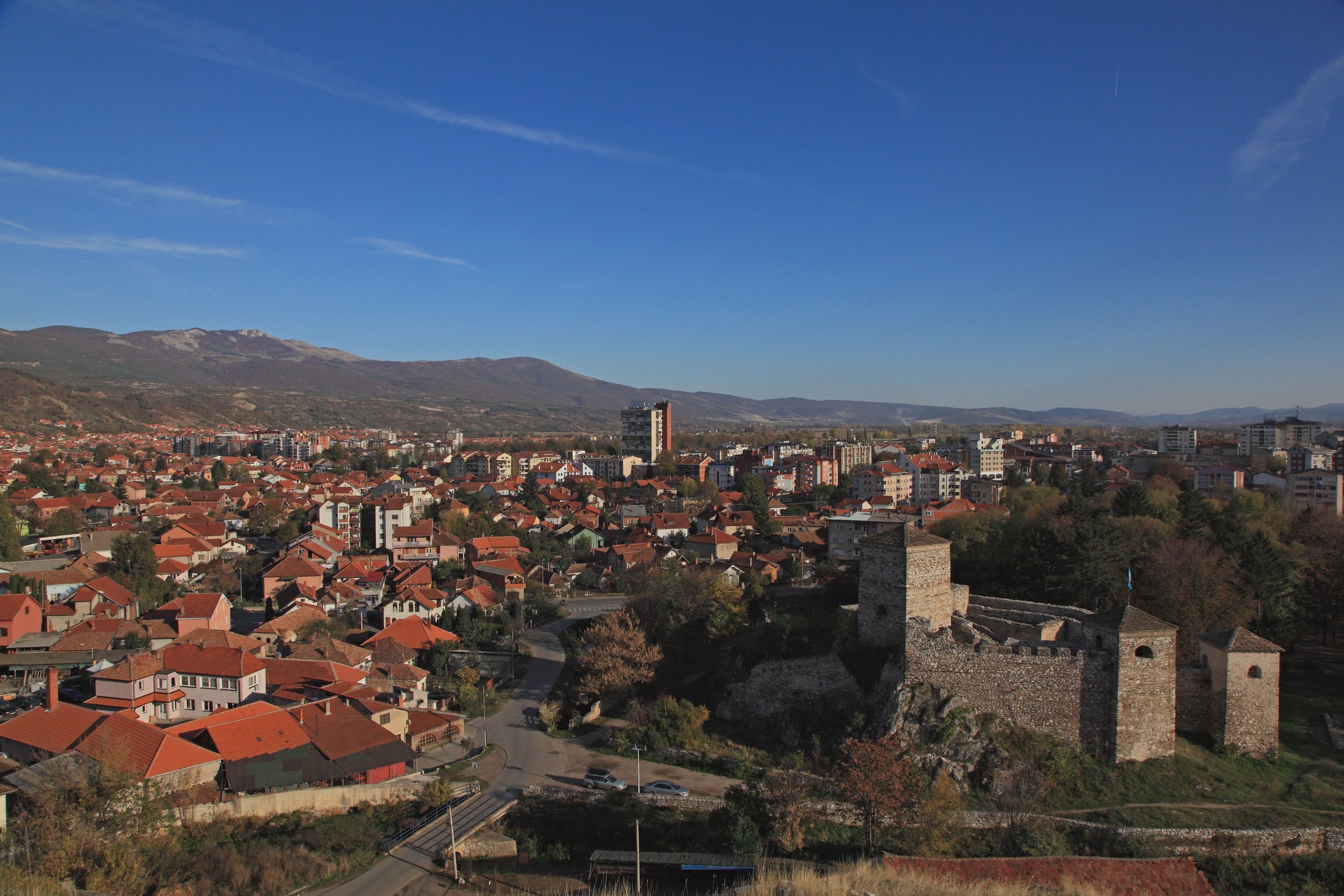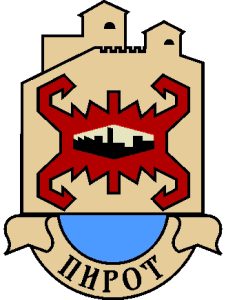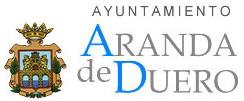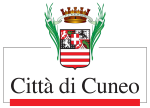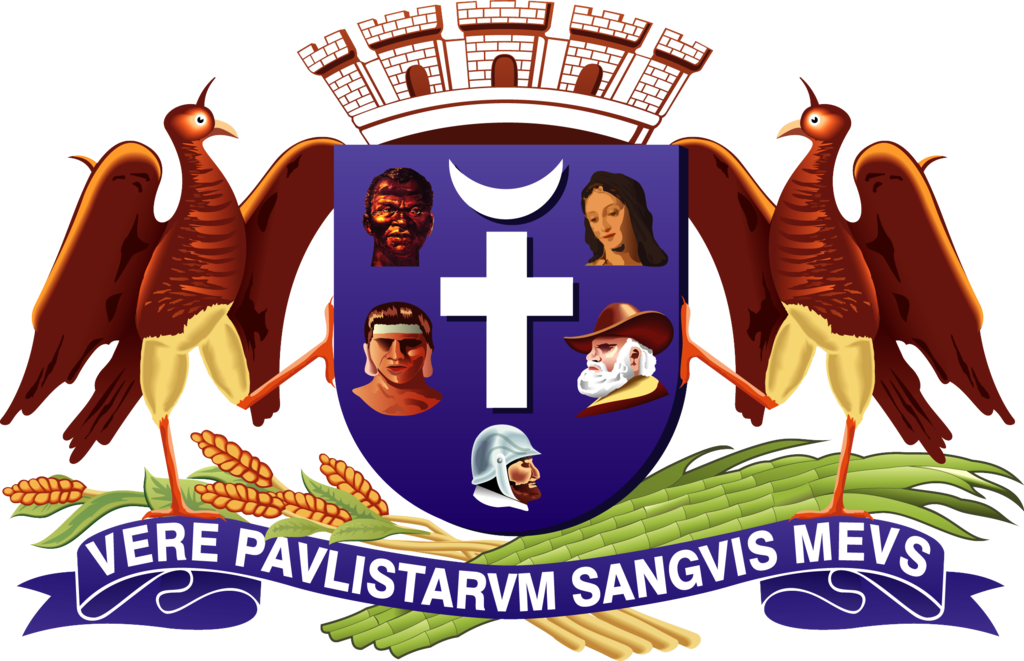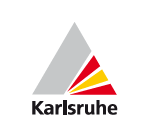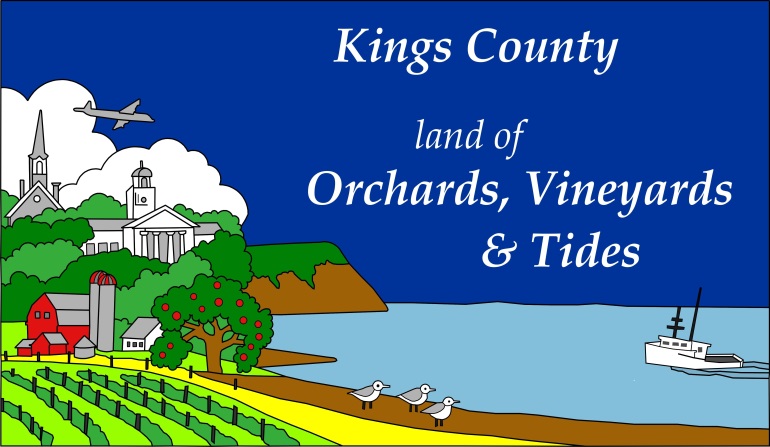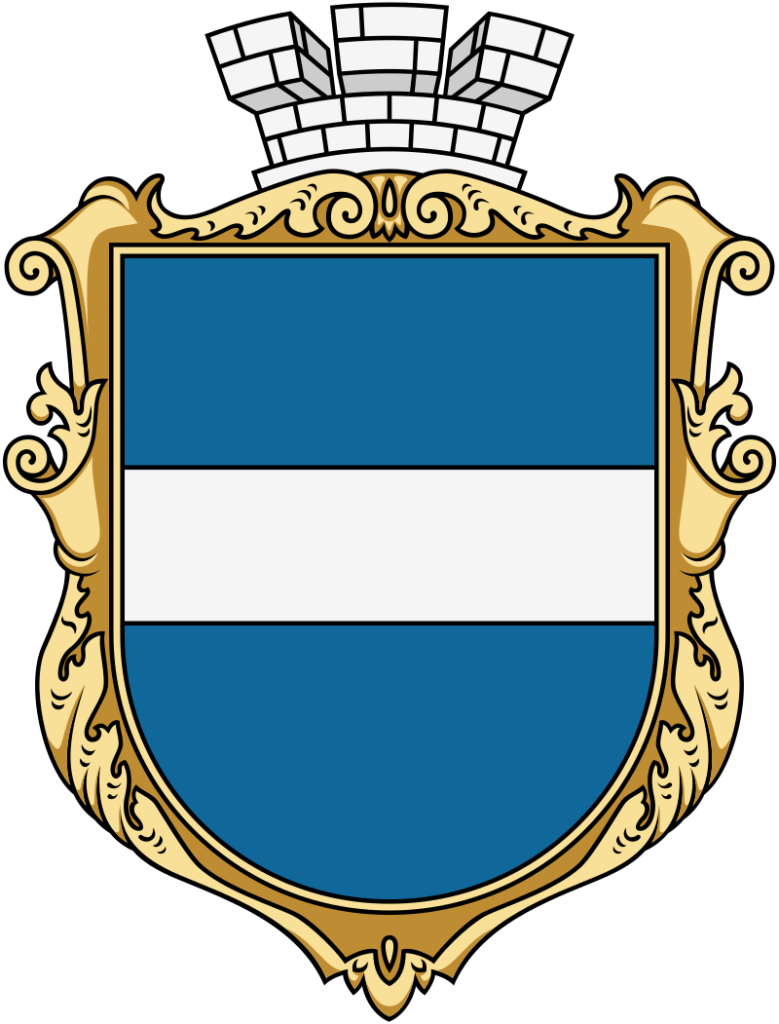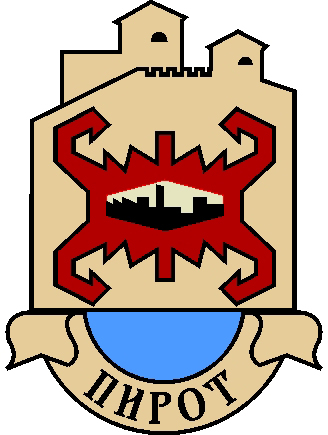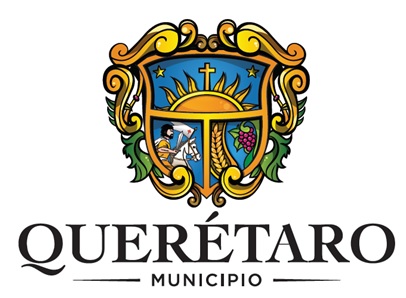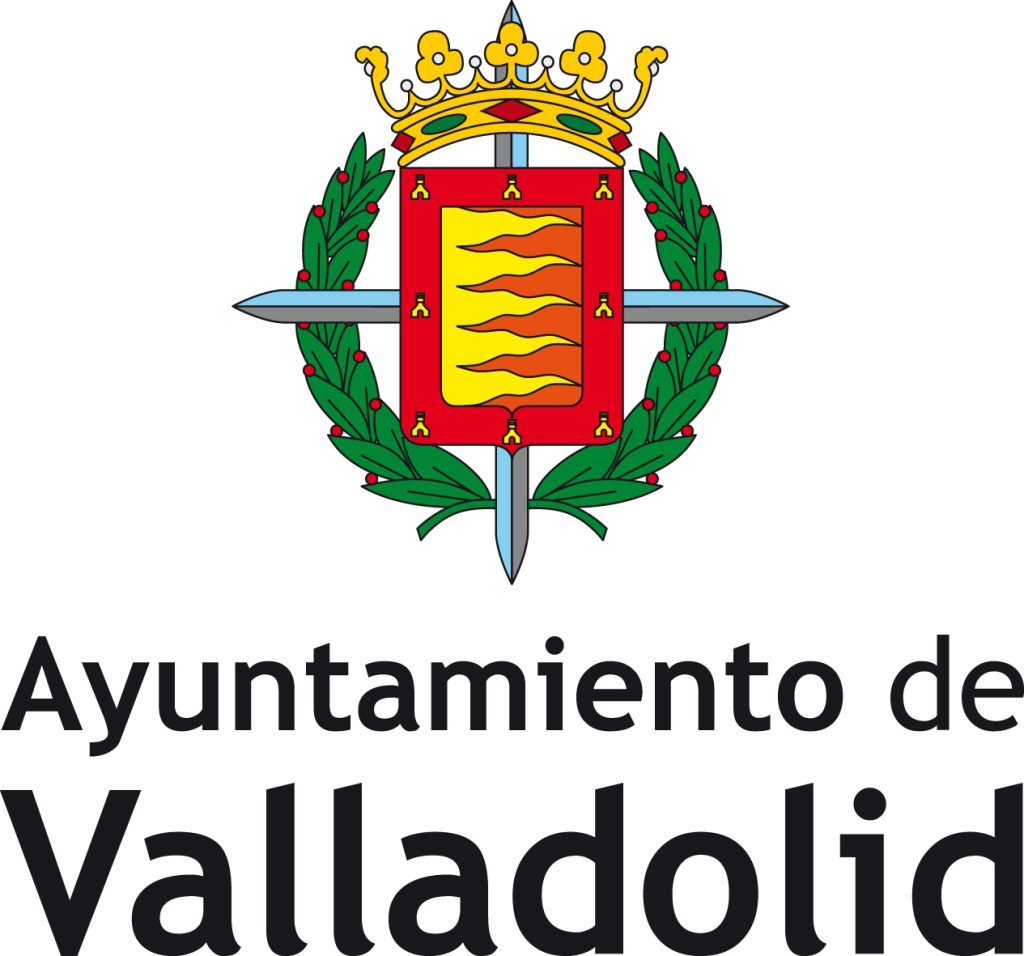The city of Pirot is a modern center which is home to approximately 58 000 citizens. It is the administrative center of the Pirot District. Although the city developed on traditional values, it nowadays tries to keep pace with new technologies and modern values, shared with other members of the International Network of Michelin Cities. On the one hand, some of Pirot’s traditional products and brands are well-known, such as Pirot’s hard cheese (kachkaval), rubber boots, Pirot’s ironed sausage, lamb, honey, pottery and kilim. On the other hand, modern businesses have settled in the city in recent years. Free zone Pirot is a famous infrastructure which welcomes businesses.
Pirot won in the category "Large Tenants" as the best place in the world for big companies' business. Moreover, Free Zone Pirot ranks among the best zones in the world when it comes to expanding the capacity and supporting the development of small companies. The Tigar Tyres corporation established its headquarters in Pirot.
Pirot is often times dubbed “Little Jerusalem” because of its significant number of monasteries and churches. In the suburban area of Pirot is fantastic, unspoiled nature with many amazing landscapes, springs, rivers, breathtaking waterfalls and gorges.
